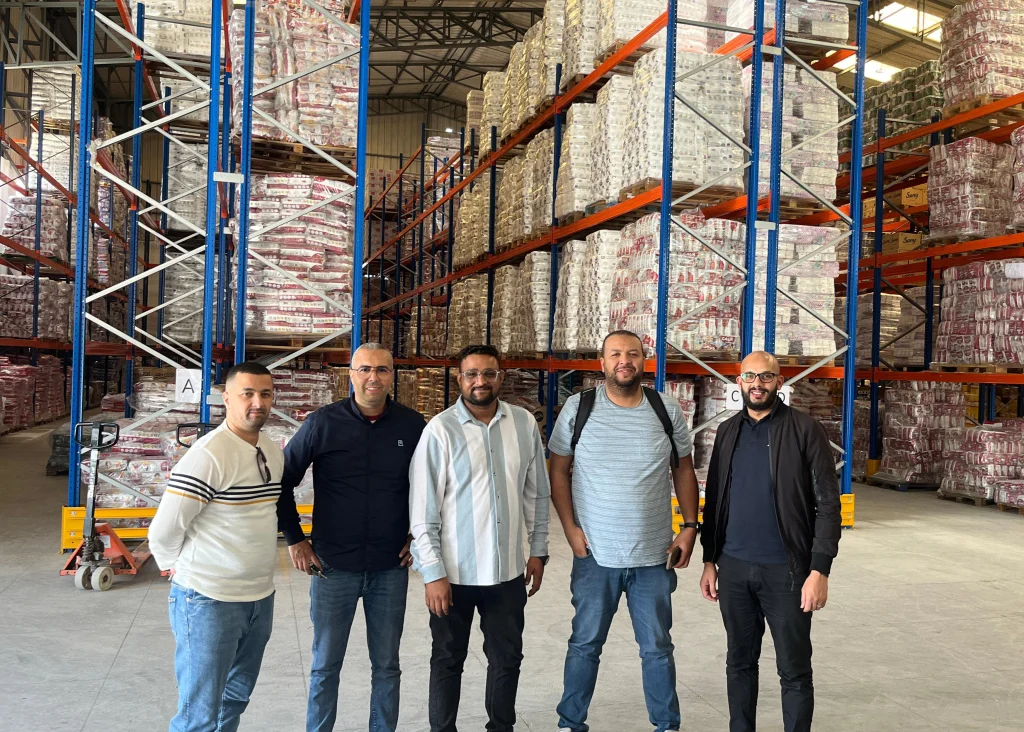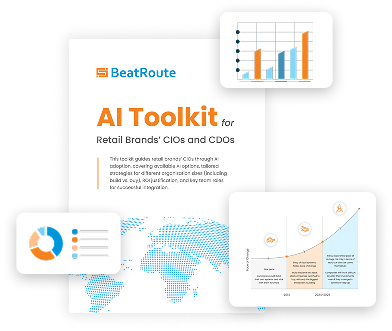What is a Stockout? Causes, Impact & How to Prevent It

Ever walked into a store looking for your go-to product, only to find an empty shelf? That’s a stockout in action — and for retail brands, it can be a serious buzzkill for both sales and customer trust.
Let’s break down what stockouts really mean, why they hurt, and how you can prevent them.
What is a Stockout?
A stockout happens when there’s zero availability of a product that a customer wants to buy — whether online or in-store. It’s that awkward moment where demand is high, but supply is missing in action.
Why Do Stockouts Happen?
There are a bunch of reasons, like:
- Inaccurate demand forecasting
- Supplier delays
- Warehouse or transit issues
- Sudden demand spikes (hello, flash sales!)
But whatever the reason, the result is the same: missed sales and disappointed customers.
What Stockouts Really Cost You
Let’s be real. It’s not just about one lost sale.
- Lost revenue: No stock = no sale. Simple.
- Brand erosion: If it keeps happening, customers start trusting other brands more.
- Retailer frustration: Your trade partners don’t want to deal with angry shoppers.
- Competitive loss: They’ll buy from someone else — possibly for good.
Stat: A Harvard study found that 21–43% of customers will switch brands if their preferred product is out of stock.
Stockouts in FMCG & Consumer Goods: A Bigger Deal Than You Think
In industries like FMCG, where shelf life is short and competition is cut-throat, stockouts can:
- Ruin brand perception overnight
- Affect promotional campaign outcomes
- Derail GTM strategies in high-stakes markets
Example: Imagine a beverage brand running a summer promotion with massive ad spend, only to find that stockouts in Tier 2 cities prevent consumers from redeeming the offer. That’s not just a sales loss — it’s a trust loss.
How to Prevent Stockouts (Without Overstuffing Inventory)
Here’s what works for retail brands:
- Smarter Demand Forecasting
Use AI or machine learning tools to predict patterns and seasonal surges.
Example: A snack brand uses historical sales and festival trends to predict a 40% demand surge before Diwali and proactively stocks its distributors. - Real-Time Inventory Visibility
No more relying on outdated spreadsheets. Real-time stock views are a must.
Example: A cosmetic brand tracks SKUs at the retail level using a mobile dashboard, identifying low-stock items before they go out of stock. - Agile Replenishment Planning
BeatRoute helps automate beat planning and visit cues so your field force is always in sync with stock needs.
Example: Sales reps receive automated visit plans based on stock movement, allowing them to prioritize outlets with faster stock depletion. - Distributor Collaboration
Make sure your distribution partners share real-time stock movement data with you.
Example: A personal care brand integrates its DMS with distributor systems to get instant visibility on warehouse stock and secondary orders. - Field Sales Apps
Equip your sales reps with tools to flag stockout risks during retail visits.
Example: During a routine visit, a rep logs an out-of-stock SKU into the BeatRoute app, triggering a restock alert to the local distributor.
Online vs Offline Stockouts: Key Differences
Online stockouts often result in abandoned carts and negative reviews. In-store stockouts frustrate foot traffic and lead to missed impulse buys.
Example: A customer shopping online for a facewash finds it out of stock and exits the website without purchasing anything else. Meanwhile, an in-store shopper walks away empty-handed and heads to a competitor’s store nearby.
Is Overstocking a Viable Solution?
Not really. While it may seem like the obvious fix, overstocking creates problems of its own—especially in FMCG, where excess inventory can expire or get damaged. The real solution is balance.
Example: An ice cream brand overstocks during winter, leading to spoilage and write-offs due to freezer capacity limitations and slow-moving sales.
How Technology Reduces Stockouts
Smart platforms like BeatRoute give you real-time visibility into field data, inventory levels, and beat planning. That means proactive intervention before a stockout ever happens.
Example: A regional snack brand reduced stockouts by 28% in three months using BeatRoute’s predictive visit cues and stock availability tracking at the outlet level.
Final Word
Stockouts are more than just supply chain hiccups — they’re moments where your customer experience breaks.
Want to eliminate them before they eliminate your sales?
Book a demo with BeatRoute and discover how we help retail brands like yours say goodbye to stockouts, and hello to smarter retail execution.
About the Author
-
Surya Panicker is the Head of Content at BeatRoute, where she leads content strategy for India’s goal-driven sales platform. With 9 years in marketing automation and SaaS, Surya specializes in building content that translates complex solutions into actionable business outcomes. Her approach combines data-driven insights with a storytelling mindset, always putting the customer at the center of her narratives. Surya focuses on aligning brand messaging with audience needs to deliver practical results. Outside of work, she enjoys exploring new cuisines, reading fiction, and traveling with her family.
Use Goal-Driven AI to Achieve Retail Sales Uplift, Today!
Join enterprises in 20+ countries that trust BeatRoute, the globally dominant AI platform for sales force automation, field sales, DMS, and eB2B
Latest Insights & Articles
Here are the most impactful articles, platform updates, ebooks and reports for you.



